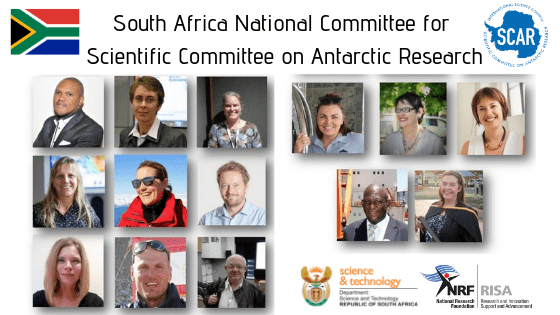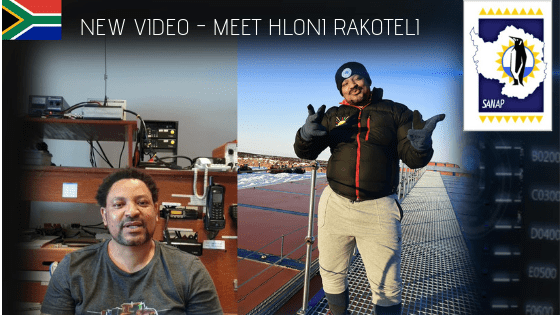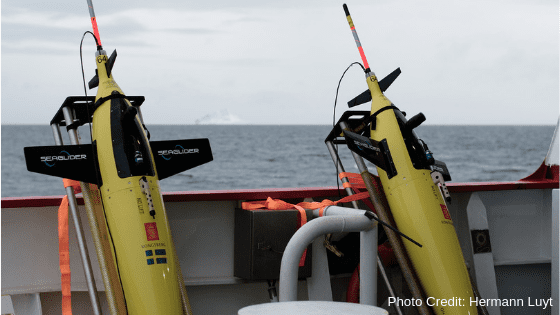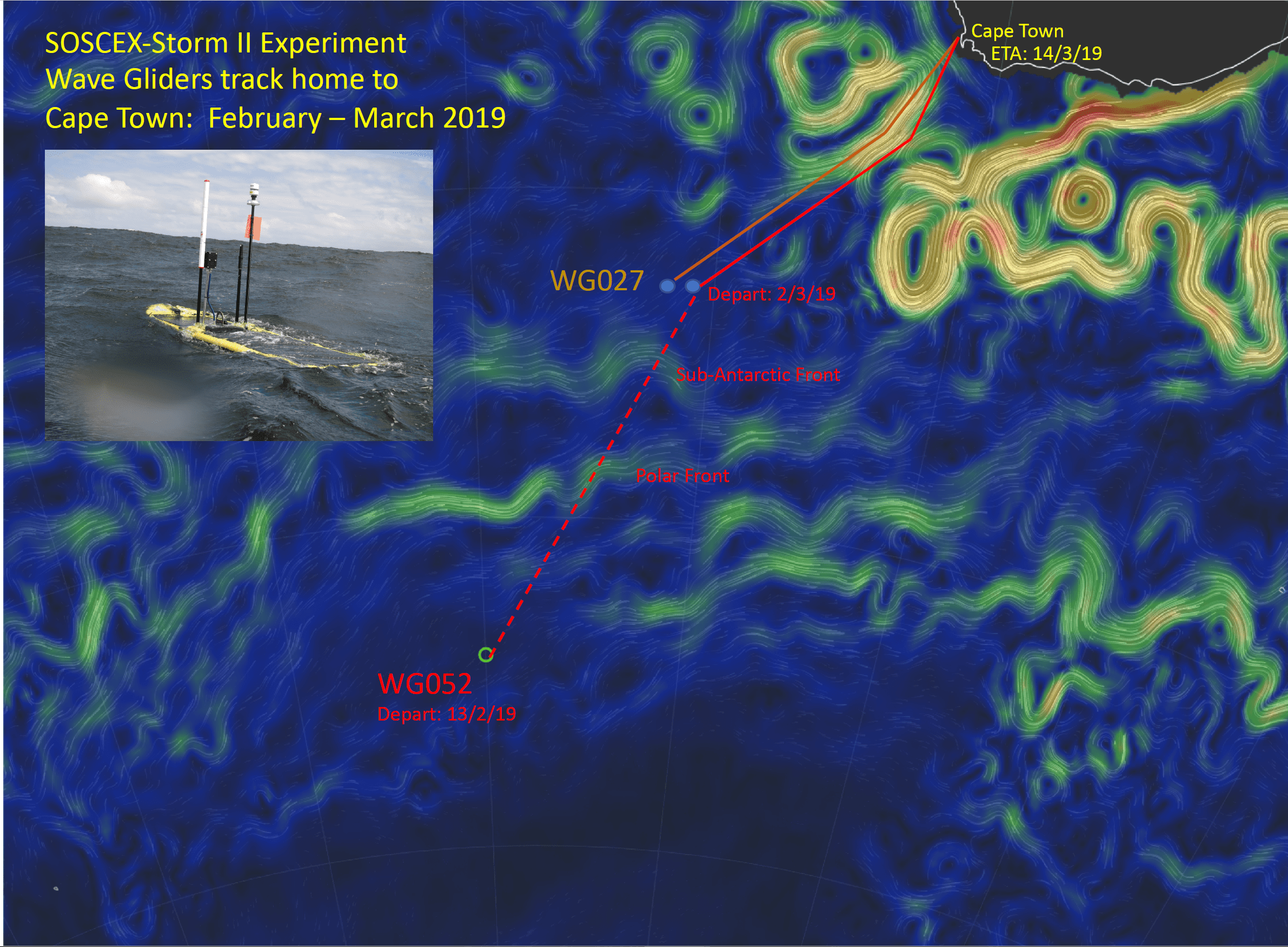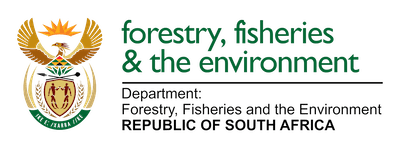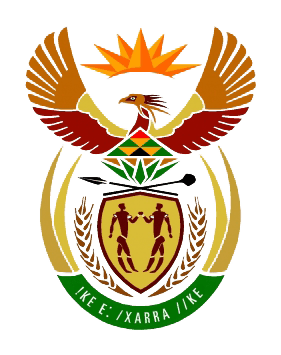
by Fishgate@sanap | Mar 14, 2019 | Announcement, Antarctica, Marion Island, News, Research, SANAP, Science, Southern Ocean
South Africa has been involved in Antarctic research since the geophysical year of 1957. The first 10 years of South Africa’s science and research in the Antarctic is highlighted in an article by DG Kingwell, at that stage the secretary of the South African Scientific Committee for Antarctic Research (SASCAR).
The Antarctic Research of South Africa is part of The International Science Council (ISC), South Africa.
South Africa is a national member of ISC through the National Research Foundation (NRF) and the Human Sciences Research Council (HSRC) supported by the Department of Science and Technology (DST). The South African ISC -Secretariat serves the scientific community and the ISC scientific unions and affiliates to which South Africa adheres. The SA ISC Secretariat provides support and organisational services for the ISC National Board of SA, and to the SA ISC National Committees to advance South Africa’s position in international platforms. The total membership of these committees is in excess of 200 scientists. Approximately 100 South Africans serve on ICS-related commissions and working groups. The ISC activities in South Africa are focused on the following principals:
- Science-for-policy: Stimulate and support national and international scientific research and scholarship, and to communicate science that is relevant to national and international policy issues;
- Policy-for-science: Promote developments that enable science to contribute more effectively to major issues in the national and international public domain;
- Science-for-society: Stimulate science engagement with society;
- Scientific freedom and responsibility: Support the free and responsible practice of science;
- Adherence: Support committees through payment of ISC membership dues.
South Africa Science and Research is also part of the Scientific Committee on Antarctic Research (SCAR) where the committee members will represent South Africa at SCAR meetings.
The new National Committee has been announced in a letter by Tracy Klarenbeek – Professional Officer, Knowledge Advancement and Support (KAS) and their first meeting took place at Stellenbosch University on 6 March 2019.
Dear SANAP Community,
It gives me great pleasure in sharing the names of the individuals selected to represent us all at SCAR. Of course, these individuals will rely heavily on inputs from the entire community, so I sincerely hope that you will be available to support them in their endeavours. Members of the community that are not an the steering committee are still strongly encouraged to participate in SCAR and SCAR-related activities. The DST and the NRF are planning a follow-up meeting with the whole community, hopefully by the middle of the year (academic and other schedules permitting), so as to give feedback on a number of initiatives ongoing that will possibly impact on us all, including plans for current and future SA participation in SCAR. We look forward to seeing you there.
The final list is below, the details of which will be communicated to SCAR in due course. Professor Bettine van Vuuren was nominated as the Committee Chair, Tracy Klarenbeek as Vice-Chair and Dr Gilbert Siko representing the Department of Science and technology.
Life Sciences Standing Committee of SCAR
- Thulani Makhalanyane (South African Representative)
- Bettine van Vuuren
- Anne Treasure

Physical Sciences Standing Committee of SCAR
- Sandy Thomalla
- Sarah Fawcett (South African Representative)
- Stefan Lotz

Geosciences Standing Committee of SCAR
- Christel Hansen
- Werner Nel
- Geoff Grantham (South African Representative)

Social Sciences and Humanities Standing Committee of SCAR
- Anché Louw
- Ria Olivier (South African Representative)
- Charne Lavery

Please give this committee your support in their efforts to take South African science to the world via SCAR.

by Fishgate@sanap | Mar 14, 2019 | Announcement, Antarctica, Important Dates, News, Southern Ocean
The S.A. Agulhas II is currently on her way home, after being in the Antarctica waters for 3 months. Onboard is the returning 57th SANAE (South African National Antarctic Expedition) overwintering team, 2018/2019 SANAE take-over personnel, Weddell Sea Expedition members and ship based scientists of different South African universities.
Expected time of arrival (ETA): 15 March 2019, around 08:30
MORE DETAIL:
The S.A. Agulhas II will arrive in Cape Town at 2am, tomorrow morning.
The vessel will then proceed to Landing Wall 1 for inward clearance and shifting in to east pier around 08:30.
Anché Louw, Antarctic Legacy of South Africa, 14 March 2019

by Fishgate@sanap | Mar 12, 2019 | Antarctica, News, Newsletters, Overwintering Team, SA Agulhas II, SANAE, SANAP, Southern Ocean, Team member
Meet the Communications Engineer of the 57th South African National Antarctic Expedition Team – Hloni Rakoteli. This is not the first time Hloni heads home on the S.A Agulhas II from an overwintering expedition, his first expedition was on Gough Island as part of the 61st Gough Island Overwintering Team (Gough61 team photo). Get to know Hloni a bit better, before watching the video, by downloading the June Edition of the SANAE57 team newsletter.

Excerpt of SANAE57’s first team newsletter – December 2017 (Click here to view this newsletter)
VIDEO
https://www.facebook.com/AntarcticLegacySA/videos/818243898526390/
This team is heading home on the S.A. Agulhas II, currently sailing through the roaring 40’s (now at 43°South). Track the S.A. Agulhas II by clicking on the icon below.

Track the S.A. Agulhas II
Anché Louw, Antarctic Legacy of South Africa, 12 March 2019

by Fishgate@sanap | Mar 7, 2019 | Antarctica, News, Research, SA Agulhas II, SANAP, Science, Southern Ocean, sub-Antarctic
The S.A. Agulhas II is now on its homeward journey having finished all logistical and scientific work at SANAE and in the Weddell Sea (track the ship here). The work is not yet over for all aboard, however. Scientists from the University of Cape Town (UCT), the Council of Scientific and Industrial Research (CSIR) and the South African Weather Service (SAWS) continue to collect oceanographic and meteorological data. UCT and CSIR are both sampling seawater as the ship sails, measuring chlorophyll, nutrients, ammonium and phytoplankton community composition, to name a few.
Over and above this, CSIR—more particularly, CSIR SOCCO—and Martin Mohrmann of the University of Gothenburg and ROAM-MIZ deployed oceanographic instruments on the voyage south to Antarctica (see photos below). CSIR SOCCO, or the Southern Ocean Carbon & Climate Observatory, is a South African research programme focused on the Southern Ocean. ROAM-MIZ, according to their website, “is a multi-institutional initiative to observe the full seasonal cycle of the upper ocean in the marginal ice zone near the Greenwich Meridian”. CSIR SOCCO deployed two wave gliders, a Seaglider and a Slocum glider. ROAM-MIZ deployed two Seagliders and a Sailbuoy, christened SB Kringla. These instruments continuously record oceanographic data while they move through the water. The wave gliders and the Sailbuoy remain at the surface, harnessing wave and wind power, respectively, to propel them through the water. The Seagliders and Slocum glider alter their buoyancy to dive and sample sea water during their journeys to the deeps (deep parts of the ocean) and back to the surface. All these vehicles transmit their data to satellites at regular intervals or when they surface after a dive.
Deployment of Gliders
With the S.A. Agulhas II now making for home, the time has come to recover these instruments in order that they can be serviced and used again in future deployments. The wave gliders, in a true feat of engineering, are being piloted home to Cape Town. This is due to reducing sunlight available for the solar panels of the southernmost glider as the receding summer light wanes at these high latitudes. This will entail a journey of 1200 km and 2500 km for the respective wave gliders (click here for the update on the position of the gliders). Two Seagliders, the Slocum glider and the Sailbuoy will be recovered on the voyage home. The third Seaglider is to be recovered by another vessel, the Norwegian RV Kronprins Haakon, sailing from Punta Arenas in Chile.
On the 1st of March, the Sailbuoy and a ROAM-MIZ Seaglider were both safely recovered in fair weather at 60°S 0°E. The speed and success of the recovery were entirely down to the skill of the S.A. Agulhas II’s crew and the prevailing calm weather. Next, the Slocum glider will be recovered at 54°S 0°E and then CSIR SOCCO’s remaining buoyancy glider at 43°S 8°E. The S.A. Agulhas II is now making for 54°S 0°E after having sailed to South Thule and South Georgia for SAWS deployments and commitments.
Retrieval of Gliders
For more information on CSIR’s SOCCO programme, click here and for further information on ROAM-MIZ, click here.
Cover Photo: ROAM-MIZ’s two buoyancy gliders making satellite contact in preparation for deployment.
Written by: Hermann Luyt, Oceanography, University of Cape Town
Edited by: Anché Louw, Antarctic Legacy of South Africa, 07 March 2019
Photo Credit (all): Hermann Luyt

by Fishgate@sanap | Mar 6, 2019 | Current Event, News, Research, SANAP, Science, Southern Ocean
SOSCEX-Storm II Experiment Wave Gliders heading to Cape Town from the Antarctic waters
Following up on the story of the our Liquid Robotics Wavegliders returning home to Cape Town from the Southern Ocean (click here) we have now completed the first half of the journey. Waveglider WG052 will arrive at its intermediate waypoint 43°S 9°E on Saturday 2nd March. It has completed the first 1200km of its journey in 17 days at an average of 70km per day during which it sailed through 3 storms and crossed both the Polar and Sub-Antarctic fronts (see photo below).

On Sunday 3rd March WG052 will meet up with its twin WG027 that has been making its own CO2 and physics measurements at our long term observation station SAZ-1 since early December 2018. They will return together in the second 1200km stretch of sub-polar and sub-tropical waters but separated by about 50 – 100km to test some ideas about the correlations length scales for pCO2. Both units continue to provide almost real time observations of ocean physics and CO2. You will see from the attached pic (earth.nullschool.net), which is derived from almost real time satellite observations-based surface ocean circulation product OSCAR of the mesoscale features around the south of Africa, that we are aiming to use one of these “jets” to propel both gliders towards Cape Town across the turbulent cauldron west of the Agulhas current retroflection. It shows very nicely how the ocean is not made up of large homogeneous currents but a series of high speed jets and eddies. We are exploring how the interaction of storms with these features influence the seasonal variability and ultimately the climate sensitivity of the air – sea fluxes of CO2 in the Southern Ocean.
– Dr. Pedro M. Scheel Monteiro & SOCCO & SA-RobOTIC team, 01 March 2019 (posted 06 March 2019)
